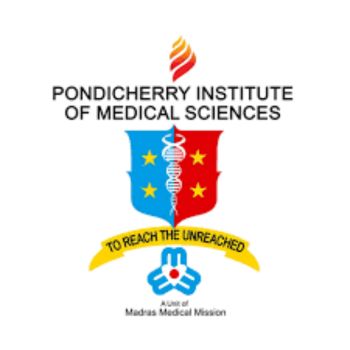Pandit Bhagwat Dayal Sharma University of Health Sciences (PBDSUHSR) in Rohtak has established itself as a prominent institution for medical education in Haryana, with a consistent record of preparing students for successful careers in healthcare. The university's placement ecosystem demonstrates a robust framework connecting graduates with leading healthcare providers across India.
Table of Contents
PBDSUHSR-Placement Overview
| Academic Level | Students Placed | Median Salary |
| Undergraduate | 47 | 12,35,995 |
| Postgraduate | 43 | 13,71,360 |
PBDSUHSR-Placement Performance Analysis
The 2023-24 academic year saw distinctive outcomes for undergraduate and postgraduate programs. Undergraduate courses achieved placements for 47 students with a median salary of ₹12.35 lakhs, while postgraduate programs placed 43 students at a higher median salary of ₹13.71 lakhs. This differential highlights the value of specialized qualifications in the healthcare sector.
Institutional data reveals broader trends:
- 65.9% placement rate among 219 graduating students
- Overall institutional median salary of ₹15.7 lakhs
- 3.87% decline in placement percentage offset by 12.66% salary growth
PBDSUHSR-Industry Engagement Framework
The university's placement cell maintains strategic partnerships with major healthcare networks through structured initiatives:
- Recruitment drives with hospital chains like Apollo, Fortis, and Max Healthcare
- Skill-enhancement workshops conducted by industry practitioners
- Clinical internships facilitating hands-on experience
- Career counseling sessions focusing on emerging healthcare domains
These efforts create a talent pipeline addressing India's growing demand for skilled healthcare professionals, particularly in specialized fields like critical care, medical technology, and public health management.
PBDSUHSR-Graduate Career Pathways
UHSR alumni typically progress through three primary trajectories:
- Clinical Practice: Majority join hospital systems in roles ranging from resident doctors to specialized clinicians
- Higher Education: Approximately 2% pursue advanced research or super-specialty training
- Healthcare Administration: Growing placement opportunities in hospital management







